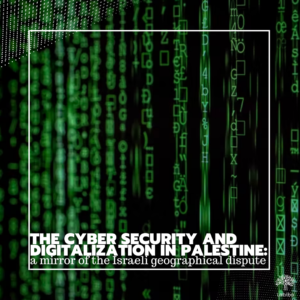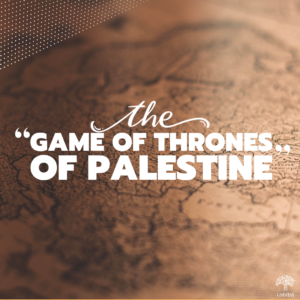The bipolar structure of the international system and the dynamics that the Cold War had started shaping and fuelling right after 1945 considerably influenced many other regions’ political and military behaviours. Thus, multi-layered competition between the United States and the Soviet Union assumed an extra-European dimension progressively throughout the post-war years. The Middle East was no exception.
This article focuses on the concept of an Arab Cold War, as its repercussions can still be seen in today’s Middle Eastern domestic and foreign politics.
The Arab Cold War
The ‘High’ Cold War in the Middle East and the concept of an Arab Cold War developed because of the replicated bipolar structure of the US-USSR conflict. Such structure took shape in the Arab world through the creation of allegiances and the division across the region between two loose blocs. Since the beginning of the twentieth century, the Middle East has been permeated and influenced by two vital forces intertwined with each other. On the one hand the traditional monarchist force, led by Saudi Arabia and other monarchies; on the other hand, the radical reformist force, like that of Nasser or the Ba’ath party. The contrast between these two parties constituted the inter-Arab conflict in the 1950s and the 1960s.
The Arab Cold War revolved around two central questions: what is the appropriate political system that an Arab country should have? Which of the two superpowers has to be the ally?
A constant intrusion
Pervasive Cold War policies toward the Middle East are not surprising; especially given the recurring European foreign policies and invasions that these territories had endured in the first half of the century. The 1882 British occupation of Egypt sharply triggered an ongoing process toward emancipation and a strong desire for complete autonomy that kept strengthening under Nasser’s regime. First the British and the French, then United States, acted selfishly and ruthlessly in the region; all they did was fulfilling their national interests by supporting regional dictatorships to ensure regional stability at the expense of democracy in the Middle East. This foreign presence and constant intrusion helped radical reformism take root in the second half of the century.
But the Middle Eastern states managed, in varying degrees, to act autonomously. All despite the significant influence that the colonial powers exerted until the 1956 Suez Crisis and the following pressures and interferences of the superpowers during the Cold War era. With their own political agendas and ideologies, the regimes of the Middle East, far from being only the passive ‘receivers’ of superpower dictates, […] exerted a powerful influence on the course of the Cold War and contributed materially to its ultimate demise.
Shaping domestic politics
It is essential to point out that the examination of the Arab Cold War on its own precludes the possibility of developing a comparative analysis of the other critical dynamics in the Middle East. For instance, the Arab-Israeli conflict and the relations of each Middle Eastern country with the superpowers were of equal importance in shaping politically, territorially, and economically the changing reality of the region.
It is also necessary to stress the importance of domestic politics, partly influenced by the Cold War and partly by the growing power of Islamist, nationalist, and communist parties. Another crucial role in shaping most Middle Eastern states’ domestic politics was played by the strengthening of the ideologies of pan-Arabism and nationalism, originally born out of the process of decolonization. These concepts were moulded and fuelled by the decolonization’s characteristic strive for independence from the European colonial powers in the 1920s and 1930s. From 1948 such ideologies acted as one of the dominant thrusts in developing the politics of Middle East throughout the Cold War years.
The fracture
The superpowers’ persistent attempts to exert a substantial amount of influence effectively polarized and/or anesthetized political life in most Middle Eastern countries; it also encouraged the rise of military or military-backed regimes, and generally served to stunt or distort the growth of indigenous political institutions. Hence, the division of the region assumed a similar-Cold War structure. While the radical regimes were allied to the Soviet Union, the conservative regimes were allied to the West, particularly to the United States. The fracture within the region resulted in significant rivalries and conflicts, and a general lack of cooperation between the states; this is evident, for instance, with the creation of the ‘Baghdad Pact’ in 1955.
The period between 1945 and 1990 saw the Middle Eastern states struggling to find their legitimacy, stability, political system, and world position. Both civil wars and inter-state conflicts resulted, most of the time, becoming violent and exhausting. Conflicts such as the 1958 military coup that overthrew the Iraqi monarchy, or the Yemen Civil War as a proxy of the Arab Cold War; the Lebanese Civil War (1975-1990), which saw the invasions of the small country from Israel and Syria; or the Iran-Iraq war which saw both the interfering aid of the superpowers and the strive to achieve national, strategic goals.
In conclusion, the most insightful and adequate approach to the politics of the Middle East during the Arab Cold War must be comprehensive. The domestic and foreign policies of each country have to be comparatively analysed in the context of the Cold War machinations; all the while preserving the distinctiveness of the roles that each region assumed from the end of the Second World War until the collapse of the Soviet Union.
Marta Lioce




